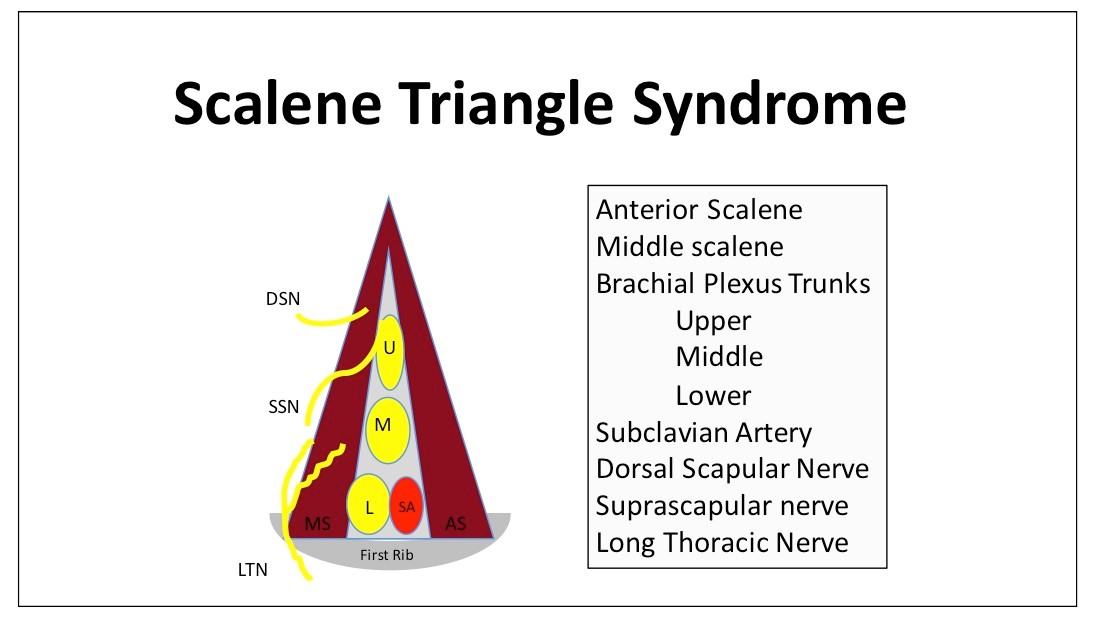A Novel Surgical Approach for Decompression of the Scalene Triangle in Neurogenic Thoracic Outlet Syndrome
Kyle R Eberlin, MD1; Robert R Hagan, MD2
1Massachusetts General Hospital/Harvard Medical School, Boston, MA, 2Neuropax Clinic, St. Louis, MO
Neurogenic Thoracic outlet syndrome (TOS) is a cause of upper extremity and shoulder dysfunction.TOS can present with a wide range of symptoms due to compression of the brachial plexus or its branches during their passage through the cervicothoracobrachial region or scalene triangle. There are three types of TOS: arterial, venous, and neurogenic.Neurogenic TOS (nTOS) is by far the most frequent type and represents more than 95% of all cases. Historically, surgical intervention for all types of TOS has evolved based on the treatment for a vascular etiology and has typically included a first rib resection. Despite neurogenic TOS being by far the more common type, most previous interventions have not looked at this from the view of peripheral nerve decompression.
We present an approach to the surgical treatment of neurogenic TOS, performed on an outpatient basis, which focuses on the surgical decompression of the structures associated with the scalene triangle in conjunction with release of the pectoralis minor insertion through limited incisions. The suprascapular, long thoracic, and dorsal scapular nerves are individually identified and decompression performed of these specific nerves.
This procedure avoids the morbidity associated with first rib resection and is successful in ameliorating neurogenic TOS symptoms.We propose a shift in nomenclature to Scalene Triangle Syndrome (STS) to accommodate the composite of compressions that need to be addressed including both nerve and artery.
The junior and senior author have successfully performed more than 100 of these operations and have adopted this technique for cases of neurogenic thoracic outlet syndrome.
Back to 2017 ePoster Listing
